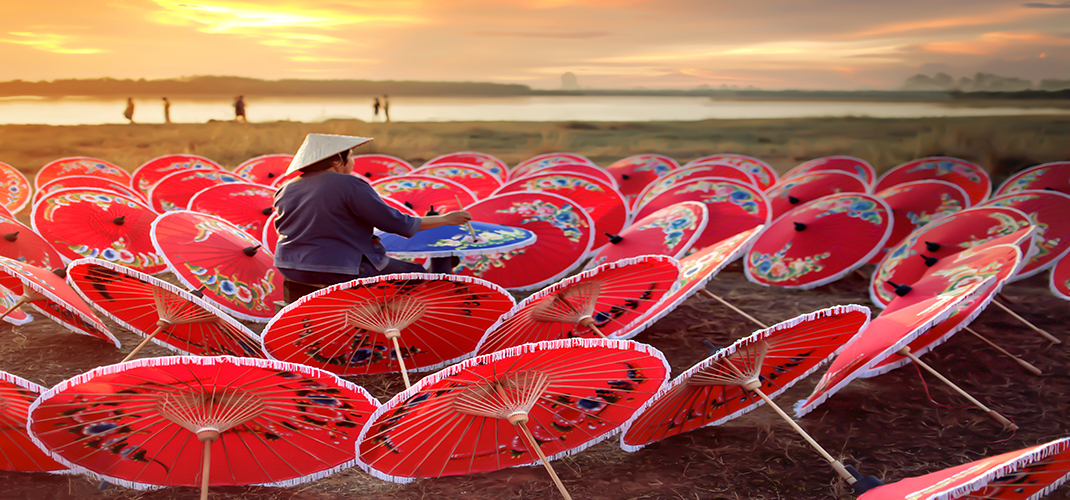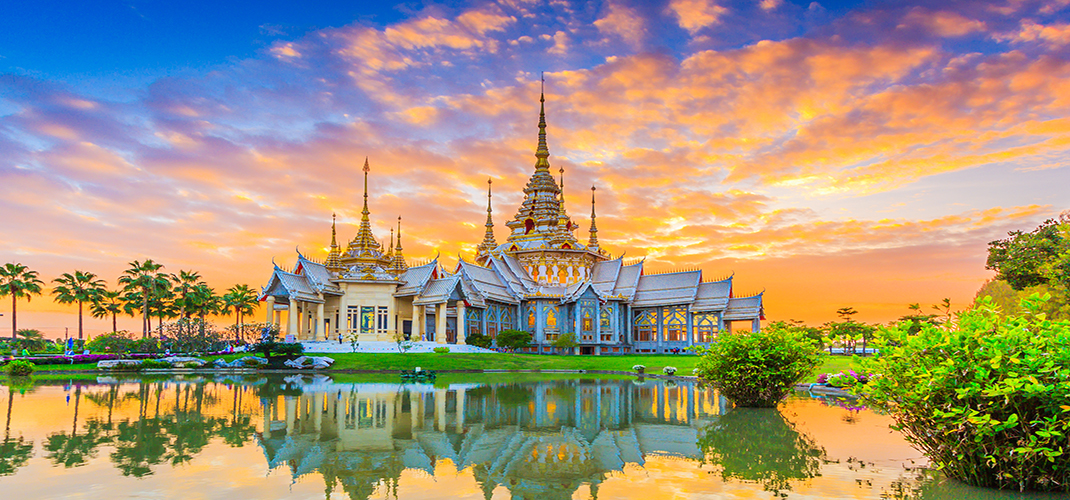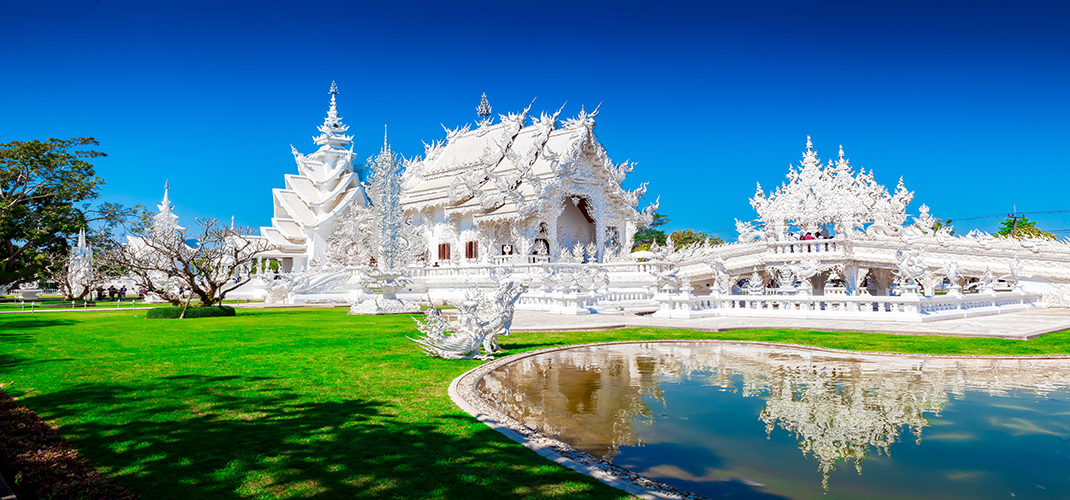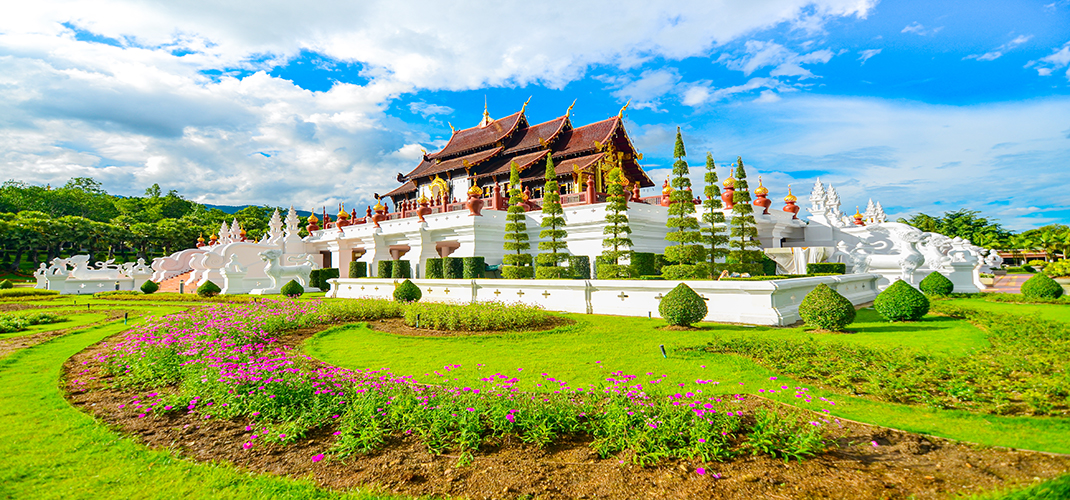Chiang Mai

Chiang Mai was once the capital of the Lanna Kingdom, this city fascinates those who visit with its vitality. Chiang Mai offers its visitors Temples, an amazing street food scene, cooking classes and of course local culture. The Old City is an attraction in itself with some of the best Temples, sites and museums all surrounded by the ancient city walls and moat. There are even unique hill tribe villages when you venture deep into the mountains outside of the city.
The ruins of Wat Chedi Luang aren’t exactly a rare sight in Chiang Mail but there is something very beautiful and haunting about them. Originally constructed in 1401 but later damaged during a 1545 earthquake, it remains quite a remarkable site today and you can still see the massive elephant carvings that adorn it. Beneath a huge gum tree on the left of the entrance stands a pleasant little Temple, the Lak Muang. Built in 1940 on the site of an earlier wooden building, the shrine is the abode of Chiang Mai's guardian spirit Lak Muang. According to tradition, if the great tree should fall, disaster will overtake the city. The Temple is something to behold especially at night, when it is all lit up.
Wat Phra That Doi Suthep sits on a mountain top and is one of the must see sites in Chiang Mai as it contains a much revered seated Buddha. You can reach the Temple by either hiking up the mountain, renting a motorbike or hopping on a Songthaew (communal cab). Statues of two demons guard the entrance to the Temple precinct. On a clear day the views over the entire city are spectacular. The Temple is quite ornate with many representations of the Buddha, detailed dragon statues and elephant carvings.
Chiang Mai has some of the best street food in the country. The Sunday Walking Street is the place to go and enjoy some street food, however it is only open on weekends. This market is a must for both shopping and eating in Chiang Mai but beware it is not for those who do not like crowds. The market vendors sell lots of handicrafts, handcrafted lamps, jewellery, clothes and more. The Saturday Walking Street on Wualai Road is a slightly less crowded, version of the Sunday market and you can pick up some great bargains here too from hand woven clothing, wallets, pillow covers and other items sold by members of local hill tribe communities. Last but by no means least, is the Night Bazaar, which is a great place for shopping but be prepared to do some bartering.
Karen Hill Tribe is also known as Chiang Mai's Tribal Museum, a great place to learn about Thailand's minority hill tribes before you head out on a hike or visit a tribal village. Northern Thailand is home to several mountain tribes, including the Karen and Hmong (the two largest) as well as smaller ethnic groups, such as the Akha, Lua and Mien amongst others. Because most of the tribes don't have a written language, the museum plays an important role in preserving and showcasing the history and culture of these ethnic minorities.
The Chiang Dao Cave boasts some of the most spectacular stalactite and stalagmite formations in the country stretching many kilometres into the mountains. Legend has it that it connects with several other caves, before eventually emerging somewhere in Shan State across the border. Further along from the Chiang Dao Cave, the Padung Village introduces you to the Long Neck Karen ethnic hill tribe. The women wear brass rings around their necks, wrists and ankles as part of their culture. Please always explore with respect the village and villagers to understand their culture and way of life.
Other areas to visit in Chiang Mai include the Doi Inthanon, the highest peak in Thailand. The National Park is filled with some of the many natural wonders that draw you to Thailand. The Chiang Mai Elephant Nature Park is a place where visitors are invited to spend a day volunteering with the rescued elephants, feeding them and bathing them in the river. This is an eye opening experience and a day well spent. Wat Prasingh stands in the heart of the Old City and is the largest Temple dating back to 1345, when an ancient King built it in honour of his father. Head to Wat Prasingh in the early afternoon where you have the chance to browse a market on the grounds and where you can sample fresh juices and teas after visiting the Temple. The Bua Thong Sticky Waterfall is set in a serene wooded area. The limestone is sticky even as the water runs over it, so you can climb up and down to your heart's content. This is a refreshing day out from Chiang Mai and a real treat and provides a welcome complement to some of the more traditional tourist activities.





